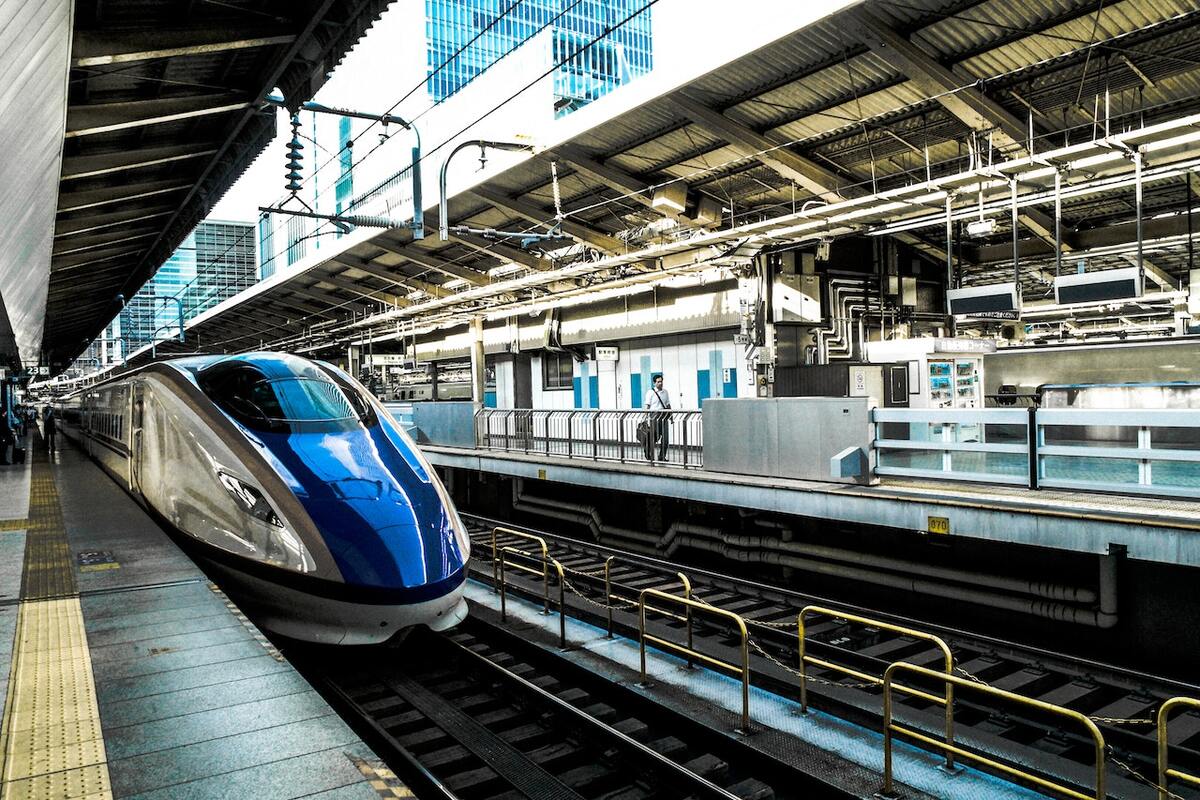What is Transit-Oriented Development and why does it matter?

As people try to become more environmentally conscious, countries and municipalities try to develop ways to be greener. The European Union, for example, plans to ban fossil-fuel cars by 2035. One way cities can have the best of both worlds with the economy and the environment is by using transit-oriented development (TOD).
What is Transit-Oriented Development?
TOD happens when builders surround a central transit station with residential areas, commercial zones, entertainment venues, and other places. The purpose of TOD is to create a dense community where stores, restaurants, and other businesses are within walking distance of residential areas. This environment promotes intimacy and makes for vibrant communities.
The most common transit station a city may use for TOD is a subway system. Its efficiency makes it ideal for transporting many people in a short time. Some cities may use buses or trolly systems. Other cities are turning to train systems for centralized transportation. Separating transit areas and walking paths make these cities much more accessible for pedestrians to stroll around town.
What are the benefits of TOD?
TOD is an excellent choice for cities and construction professionals who care about economic and environmental sustainability. There are several benefits cities can reap by using TOD, including:
- Smaller carbon footprint: One of the top benefits of this urban planning method is the positive environmental impact. Making public transportation, such as a rail system, the top option for residents means there will be few to no cars on the road. Fewer vehicles mean lowered carbon emissions. Using subway systems, for example, that run on electricity makes for a better environment.
- More affordability: A significant advantage of TOD is better affordability. The neighborhoods cut down transportation costs drastically for families. The average family can save almost $10,000 annually by using public transportation instead of driving their vehicles, which requires money spent on gas and maintenance.
- Walkable cities: Fewer cars on the road means more walkable streets for citizens. This benefit promotes inclusivity for various people to patronize businesses in the area. Senior citizens who no longer drive will have an easier time with transportation. People with disabilities will also find a walkable city beneficial because they can eliminate the burden of having to drive somewhere or ask someone to transport them.
- Better public health: All of these benefits contribute to improved public health. Walking and biking give people exercise, which promotes healthier physical and mental health. Accidents and crimes involving cars will practically be nonexistent in a TOD community.
What cities have implemented TOD?
Cities in the United States and worldwide have used TOD to create more environmentally and economically sustainable communities. This type of city development is becoming more popular, and variations of it have taken place in:
- Washington, D.C.: The nation’s capital is the best example of TOD in the United States. Washington, D.C., has bus and rail lines all over the city, making it easy for residents and visitors to travel around. The District has made plans for the next decade to continue development around its metro stations with new, mixed-use buildings.
- Copenhagen, Denmark: Denmark’s capital city boasts a TOD plan that started back in the late 1940s after World War II. In 1947, Copenhagen made a “finger plan” by drawing a hand on a city map. Railway lines drove urban development and helped residents travel around efficiently. This plan allowed the city to grow while prioritizing recreation and agriculture, especially between the “fingers.”
- Singapore: This city-state is one of the world’s best examples of TOD and overall sustainability. The city consistently receives acknowledgments for being one of the greenest cities in the world. For TOD, Singapore has a central area with satellite towns connected by a rail system. Many public amenities are within walking distance for residents.
- Hong Kong: Hong Kong is another excellent case of innovation in Asia. Its rail system has 84 stations, with Kowloon station as an ideal example of TOD. Kowloon station has a mall, apartments, hotels, business offices, an airport rail link, and other forms of public transportation.
TOD improves life for all
Cities across the globe have prioritized improving their TOD, and they’re reaping the benefits. Residents, business owners, city planners, and others all see the perks of this type of development philosophy. Cities become more walkable, which promotes economic growth within a community. Encouraging citizens to bike and walk improves both physical and mental health.
Having minimal cars means cities will see less street congestion and lower carbon emissions, another benefit to the environment. Older and disabled people will also be thankful for this change. As countries try to be greener, TOD has proven to be a model for the future.



